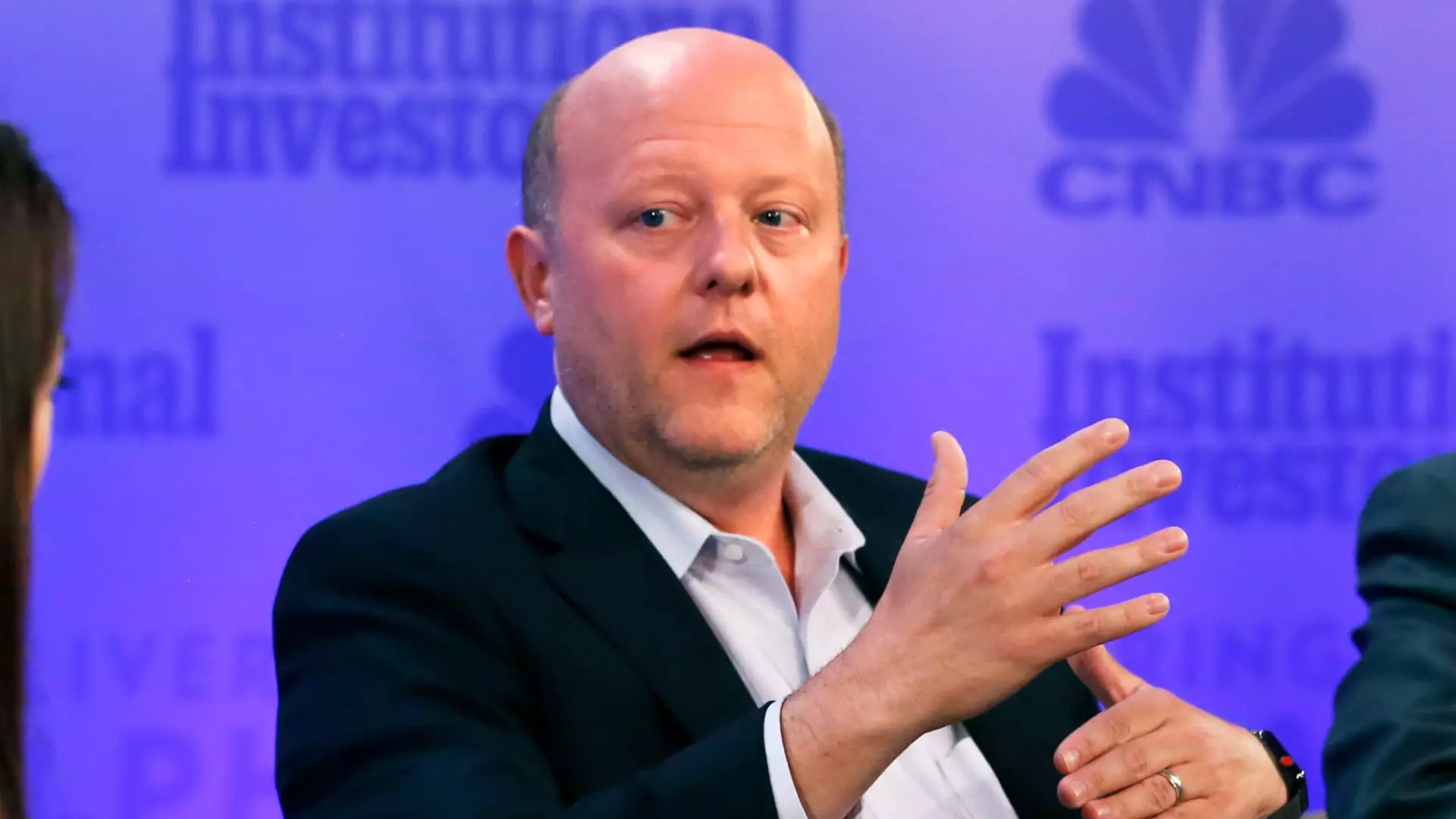Circle’s ambition to launch an initial public offering (IPO) with a target valuation of $5 billion under the ticker symbol CRCL is undoubtedly a significant turning point for the cryptocurrency sector. The prospect of Circle’s entry into public markets, especially following the failure of its previous SPAC merger, raises both excitement and skepticism. While the potential for transforming the landscape exists, it speaks volumes about the nature of capital inflow into modern financial industries, particularly in an environment that is anything but stable.
Recent trends show that the tech IPO market has been struggling; however, Circle’s pivot could herald a revival. During a period in which tech stocks, particularly in the Nasdaq, are grappling with volatility, Circle aims to make its mark by presenting a structured approach to stablecoin issuance and management. The critical question remains: can the company sustain investor interest amid these market challenges?
Circle’s Strategic Maneuvers: A Calculated Shift
In the ever-evolving world of cryptocurrency, strategic maneuvering is essential for long-term survival. Circle’s move to NY’s One World Trade Center symbolizes more than just a physical relocation; it suggests a desire to be at the epicenter of global finance. Unlike many of its competitors, Circle is enhancing its legitimacy and transparency, which is pivotal for attracting institutional investors. Moreover, revealing its robust financials—reporting $1.68 billion in revenue for 2024—demonstrates solid growth and bolsters confidence in its relatively conservative business model compared to the broader crypto industry.
However, it also invites scrutiny: can Circle maintain its profitability now that it has become so deeply embedded in the complex web of global finance? The 42% drop in net income, down from $268 million to $156 million, is alarming for a company on the cusp of going public.
Regulatory Landscapes and Political Favor
Circle is navigating a regulatory landscape that has become favorable under a more crypto-friendly U.S. administration. The anticipation of stablecoin legislation adds another layer of complexity to the situation. If legislation gets passed, not only will it benefit Circle, but it may also facilitate a broader acceptance of stablecoins across various sectors, reinforcing their importance as a “systemically important” part of the crypto ecosystem.
However, optimism must be tempered with caution. Depending on regulatory frameworks may lead to unwanted governmental oversight or restrictions, which could stifle growth or shift foundational elements of Circle’s business model. The crypto industry is at a crossroads, and while political favor may appear advantageous, it could lead to unexpected hurdles that could potentially throttle innovation.
Circle’s Market Position and Competition
With a current circulation of around $60 billion, USDC occupies the second position in the stablecoin hierarchy, behind Tether’s overwhelming dominance of 67%. However, it is the potential of USDC to capture market share that is most intriguing. The growing popularity of USDC, coupled with a phenomenal 36% growth rate this year, positions Circle strategically against competitors like Tether, which is mired in sluggish growth.
Coinbase’s partnership with Circle—that allocates 50% of revenue sharing from USDC—could be pivotal. Coinbase has a vested interest in elevating USDC’s status, which could serve as a valuable counterbalance to Tether’s market presence. Still, the question looms: Are market dynamics favorable to an upstart like Circle?
The Implications of a Successful IPO
Should Circle’s IPO prove successful, it may not merely elevate the company’s profile; it could galvanize investor confidence throughout the crypto ecosystem. The Tide of public trading might open the floodgates for future crypto-related companies to access public markets successfully. Considering that only Shopify and Coinbase have achieved significant visibility thus far, Circle’s success would mark a watershed moment for the industry.
However, it should also signal a cautionary tale. Many tech IPOs have faced disillusionment post-launch, as evidenced by companies like CoreWeave, whose underperformance put a damper on initial excitement. Circle must remain vigilant, innovative, and responsive to market needs to avoid falling prey to the same fate.
In sum, Circle’s endeavor is emblematic of the potential and pitfalls of aligning a crypto firm with traditional financial mechanisms. The company must grapple with not only capturing the market’s zeal but sustaining it amidst inevitable challenges. The crypto realm is in a state of flux, and Circle stands at a precipice that could very well determine the future of decentralized finance as we know it.

